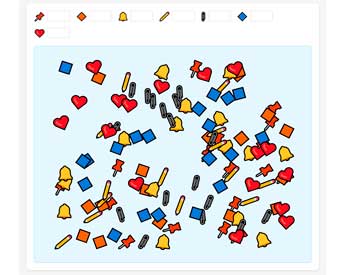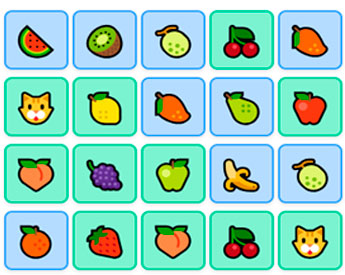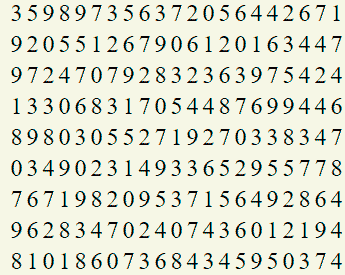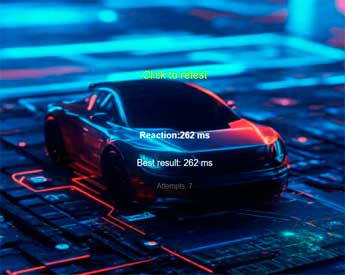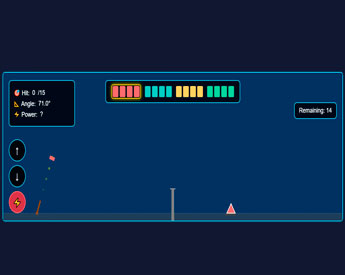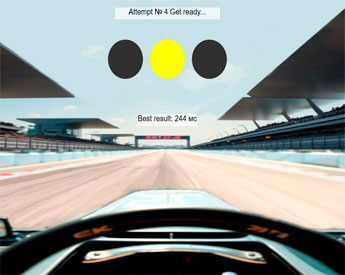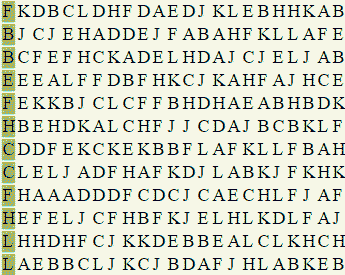|
METODORF.COM
Interactive Portal-Book of Self-Development Methods
|
Number Short-Term Memory Tests: Explore Your Memory CapabilitiesArticle Contents:
▼ Test for memorizing 12 numbers ▼ Test for memorizing number sequences ▼ Test for memorizing numbers with voiceover Want to know the real capabilities of your brain? Short-term memory tests are a simple and effective way to assess how well you can retain and reproduce information here and now. In this article, we will focus on one of the most popular and objective methods – the number memorization test. We will look at how to take such tests (including memorizing 12 numbers, memorizing 25 numbers, and memorizing number sequences), how to correctly calculate results and what they mean. You will also learn about the capabilities of human memory and how to train it. What is short-term memory and why numbers?Short-term memory is the "desktop" of our consciousness. It processes information that we need at a particular moment. Unlike names or faces, numbers are abstract and neutral symbols. This makes the number memorization test a pure measurement of memory capacity, without the influence of associations and emotional context. Classical research shows that the average adult's short-term memory capacity is 7 ± 2 items (the so-called "Miller's Magic Number"). This is approximately how many unrelated digits most people can hold in their mind after a single presentation. How to take a number memory test: a practical guideThis page includes several variants of the short-term number memory test:  1. Memorizing 12 numbersAn excellent starter test for checking short-term memory for numbers. Typically, 12 numbers is an above-average score. When you start the test, you will see a table of 12 two-digit numbers that you need to remember. Depending on the preferred option, you can try to remember the numbers along with their positions in the table, or simply remember which numbers were there. 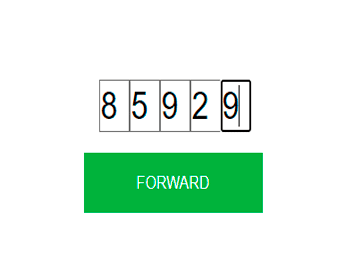 3. Memorizing number sequences (increasing length)This is essentially the classic version of the number memorization test. The test starts with short number sequences (for example, 5 digits in this variant), and with each successful round, the sequence length increases by one digit. This helps more accurately determine your maximum short-term memory capacity. Furthermore, for each sequence length, you are given three attempts, which allows you to ascertain if a particular length is truly beyond your ability to memorize.  4. Memorizing numbers by ear (with voiceover)This format complicates the task by depriving you of the ability to visually fix the sequence. You listen to an audio recording dictating numbers, and then write down what you remember. This approach also engages auditory memory in the process of retaining information in short-term storage. This type of test does not require reproducing the numbers in the exact order they were spoken by the electronic voice after the test starts. The test consists of three variants - with voiceover and number display, with voiceover only, and with number display only - allowing for a more precise determination of how visual and auditory memory influence the process of retaining numbers in short-term memory. Test for memorizing 5 numbers: Memorizing 5 numbers with voiceover and number display Memorizing 5 numbers with number voiceover only Memorizing 5 numbers with number display only Test for memorizing 6 numbers: Memorizing 6 numbers with voiceover and number display Memorizing 6 numbers with number voiceover only Memorizing 6 numbers with number display only Test for memorizing 7 numbers: Memorizing 7 numbers with voiceover and number display Memorizing 7 numbers with number voiceover only Memorizing 7 numbers with number display only Instructions for Taking Short-Term Number Memory Tests:
How to Calculate and Interpret ResultsThe result of a short-term number memory test is determined by the maximum number of digits or more complex units of information, such as two-digit numbers, that you were able to reproduce in the correct order without errors. For tests with number sequences, this value may vary, as each test-taker might use different techniques for grouping digits that form larger numbers or other mnemonic techniques for memorization. Presumably, a person can remember a smaller quantity of numbers compared to the quantity of digits presented for memorization, but not more than 1 or 2 items less than the digits; at least this might hold true for two-digit numbers.
Statistics and Facts About Number Memory
ConclusionNumber memory tests are not just entertainment but a powerful tool for self-assessment and developing cognitive abilities. Whether you choose memorizing 12 numbers for a warm-up or challenge yourself with 25 numbers, you will gain valuable insight into how your brain works. Take these tests regularly, use memorization strategies, and track your progress. And train your memory on a regular basis – it is the key to mental clarity and efficiency in daily life. Ready to test yourself? Go to our test catalog and choose the right option: "memorizing number sequences," "12-number test," or check your auditory perception skills! © Oleg Akvan metodorf.com Comment block No one has left comments here yet, be the first! Leave a comment:
Advertisement:
|
|
© 2014 - 2025 Oleg Akvan metodorf.com
All rights reserved! |
